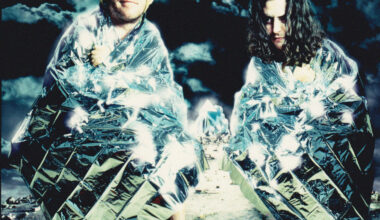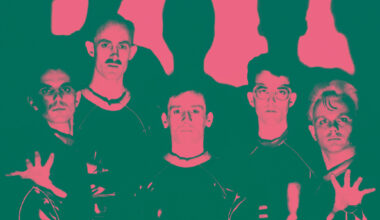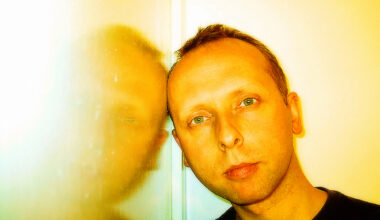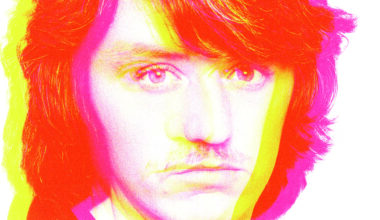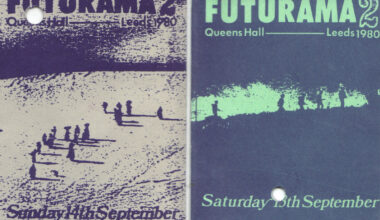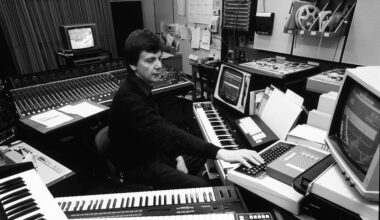Scott Simon of Our Daughter’s Wedding recalls the heady early 80s days that sired their electropop classic ‘Lawnchairs’
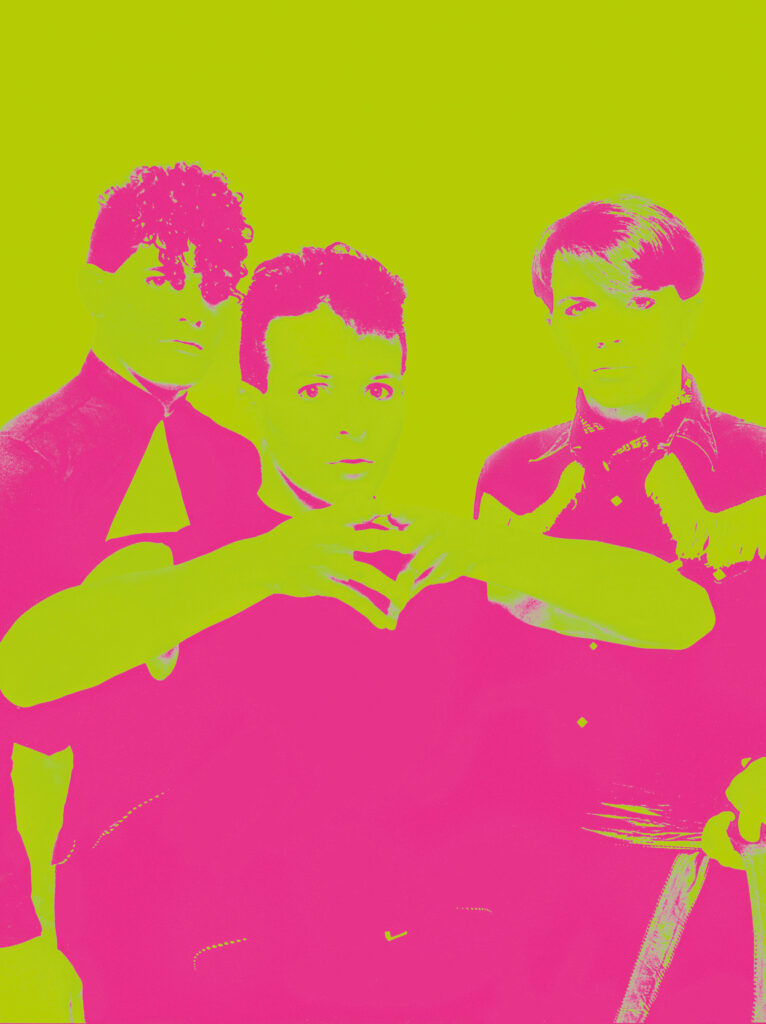
“Our Daughter’s Wedding sprung from a previous band called The Human Bends, with myself, Keith Silva and Layne Rico, plus a few other guys. In June 1978 we moved from San Francisco to New York where we had some success, we played CBGBs and David Bowie came to see us, but the band was stagnating.
“Around this time Keith floated an ‘all electronic concept’, and being a keyboard player I was intrigued by that. By the summer of 1980 we became a pretty solid act. We’d rehearse all day, in this dingy apartment on West 75th Street with mattresses thrown over the windows to keep the noise in. With just cups of coffee and buttered rolls to keep us going, followed by beers and cigarettes later, out of these sessions in this stultifying apartment with no air con came ‘Lawnchairs’. The music came first. Layne knew he had a part that sounded a little bit like OMD’s ‘Messages’, I guess it was something of an homage to Paul and Andy, with whom we later toured and became good friends.
“I’m from New York and when I first moved to California I was struck by how strange the suburban landscape around Sacremento was. It was all rolling hills, with a Shell gas station, maybe a Raley’s food store and all these little outlets. Drive 30 miles and you’d see the exact same, identikit town. We christened it ‘Camp California’. I’d go and visit Keith and out back in these suburban yards there were all these fellas just sitting around in lawnchairs, partying and barbequing. Keith started singing this line about lawnchairs and the idea stuck. We just found it really funny.
“There’s a line in the song, ‘She’s a boy that we like and he’s gonna go far’, that’s a tribute to this very urbane guy who was the doorman at the Hurrah club on 36 West 62nd Street. Hurrah was one of the first places that really embraced us. We played there alongside bands like Ultravox, Magazine and The Psychedelic Furs. So we wrote that line as a little hat-tip to him and the club.
“We returned to San Francisco to record ‘Lawnchairs’ in the famous Hyde Street Studios. My brother Frank was an audio engineer, he produced it with Hyde’s senior engineer. We recorded it in a couple of days. We did have drum machines, but we used live drums. The first sound you hear is that insistent kick drum and the track just builds from there.
“At that time many bands were using click tracks, DIN plugs and a LinnDrum, but we studied as musicians and wanted to craft more organic electronics. That’s why I had the words ‘No sequencers used on this record’ on the album sleeve, taking inspiration from Queen. Being able to play all those quite complicated parts and keep time was no mean feat. We wanted to point that out.
“‘Lawnchairs’ was very much an independent record. Layne was quite well-off, and his parents graciously fronted us the $3,000 to make and press the record ourselves. He also designed the sleeve. We laid thousands of records out on a pool table back at Layne’s house and hired a production line of local high school kids to assemble and box them all. We took these back to New York, where we were staying in this transient flophouse on West 79th Street called The Lucerne. New York was a completely different place back then, very gritty. The East Village looked like bombed out East Berlin, a real wild mess.
“We headed downtown to [infamous Greenwich Village hangout] Bleecker Bob’s Golden Oldies Record Shop. Bob slammed the record down on his player, and after about ten seconds croaked, ‘I like it!’ and ordered hundreds on the spot. We owe him big-time, because he shipped them to the Netherlands from where they spread out into underground clubs across Europe. Back home it really took off on College Radio, where it spent six weeks at Number One in the chart.
“The following year EMI asked us to re-record the track for the ‘Digital Cowboy’ EP. To be honest we didn’t want to. We felt the original stood on its own, but they insisted. So we shipped out to Chipping Norton Studios in Oxfordshire to work with Colin Thurston, who we went on to work with on the ‘Moving Windows’ album. We knew Colin was a great studio engineer with a fine ear, having worked with Bowie, but he was in so much demand at the time. Duran Duran were about to burst and that was sucking up all his time, so he was unable to devote his total energy to our recordings.
“I often wonder what path we might have taken if we’d stayed in Britain. I remember playing the Mayfair Ball in Cambridge with Geno Washington. I hadn’t heard him before and said, ‘Wow, you sound just like Otis Redding’. I asked him how come he didn’t stay in the States? He said, ‘Well, there was already an Otis Redding there!’. He told us ‘Don’t go back to the US, stay here. Once you’ve got your foot in the door they’ll welcome you into their hearts forever’.
“After ‘Lawnchairs’, EMI wanted a volley of top ten singles, but we were still a developing act, finding our way using these new electronic tools. At one point Brian Setzer nearly joined ODW, but he got the idea to play rockabilly and try his hand in the UK with Stray Cats. We’re very appreciative of what we had. Through ‘Lawnchairs’ I met my wife, who has been the rock in my life. Everything I have now was made possible by that song.”
The reissued ‘Moving Windows’ album is out on Futurismo
